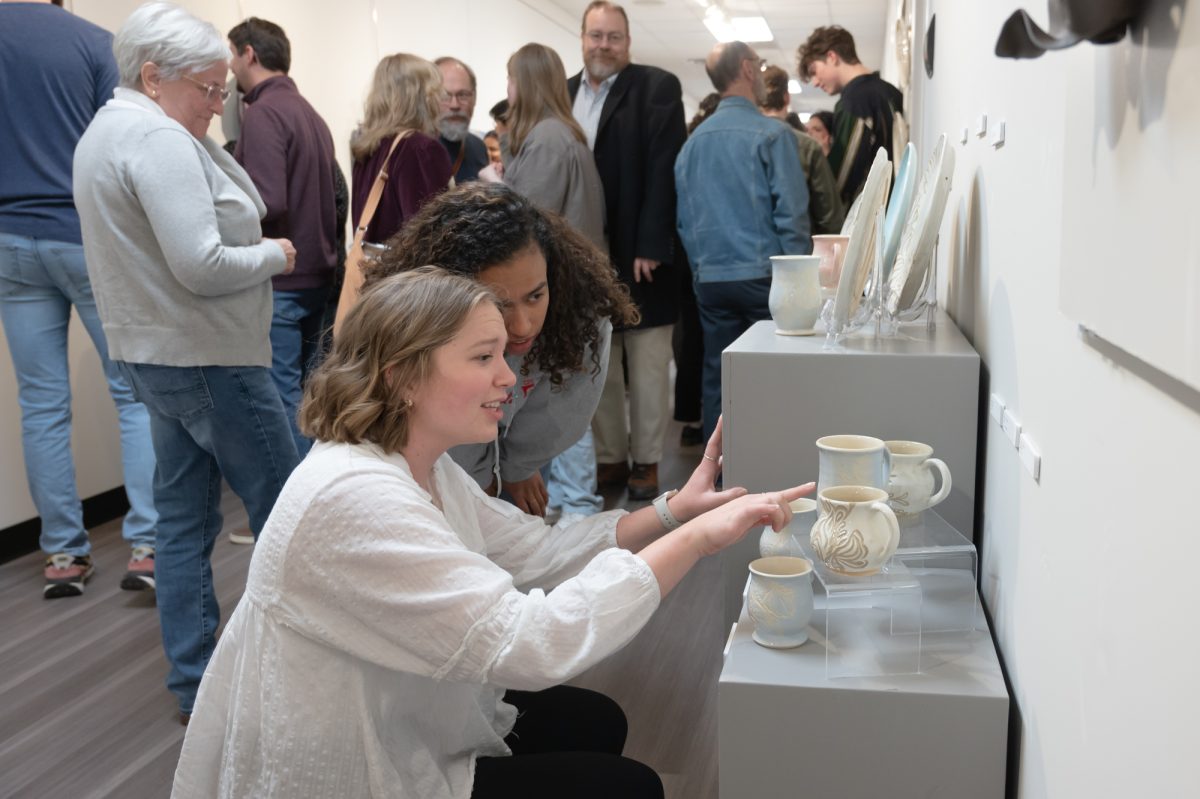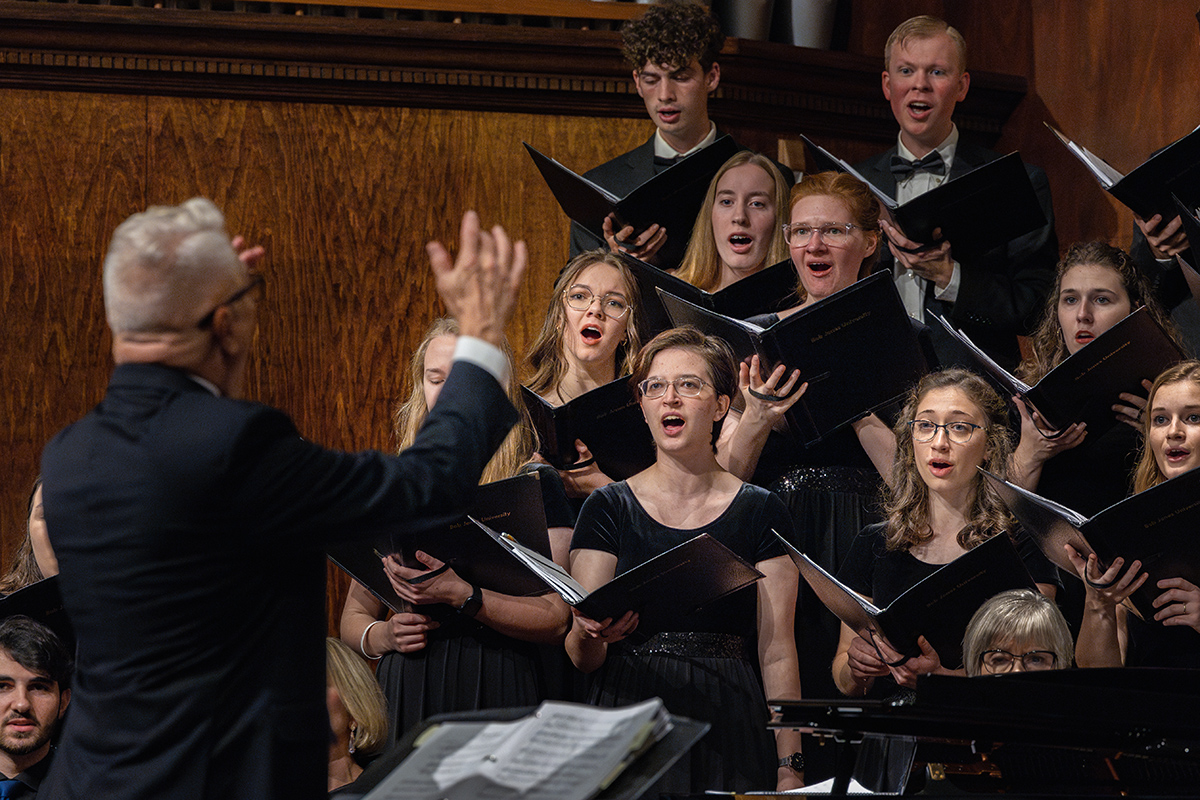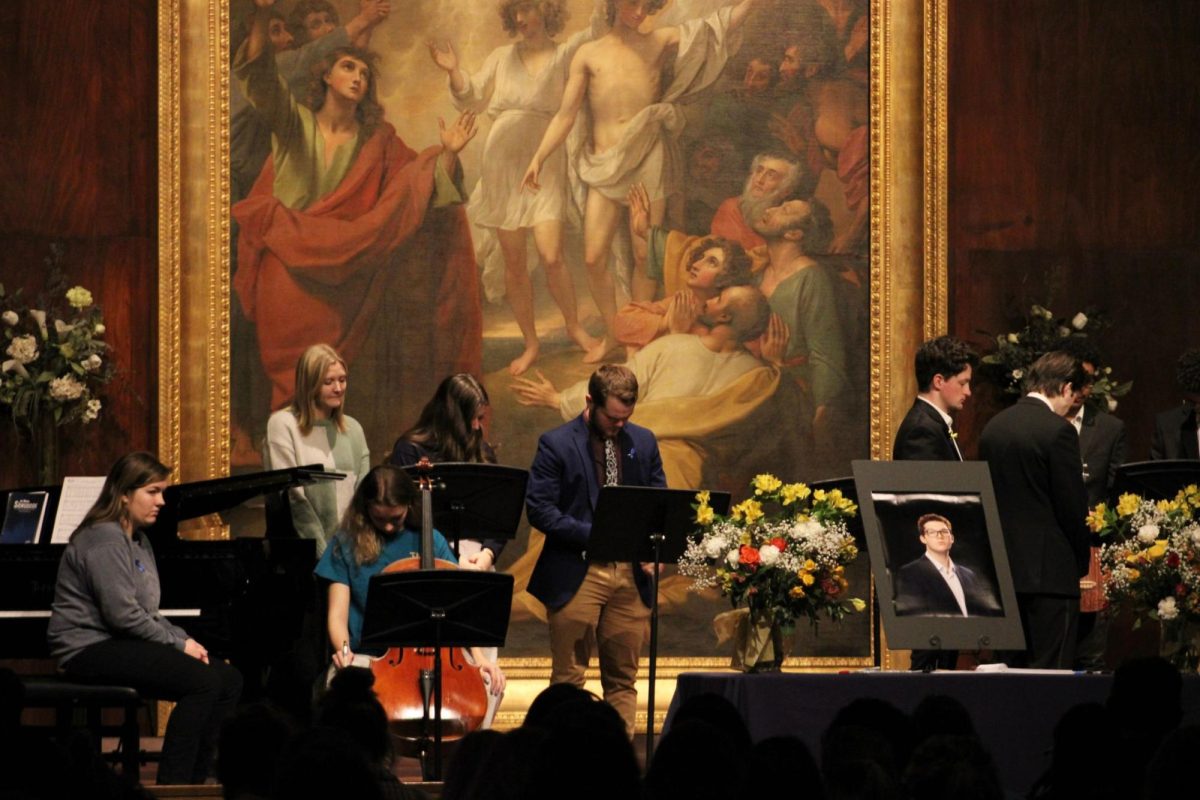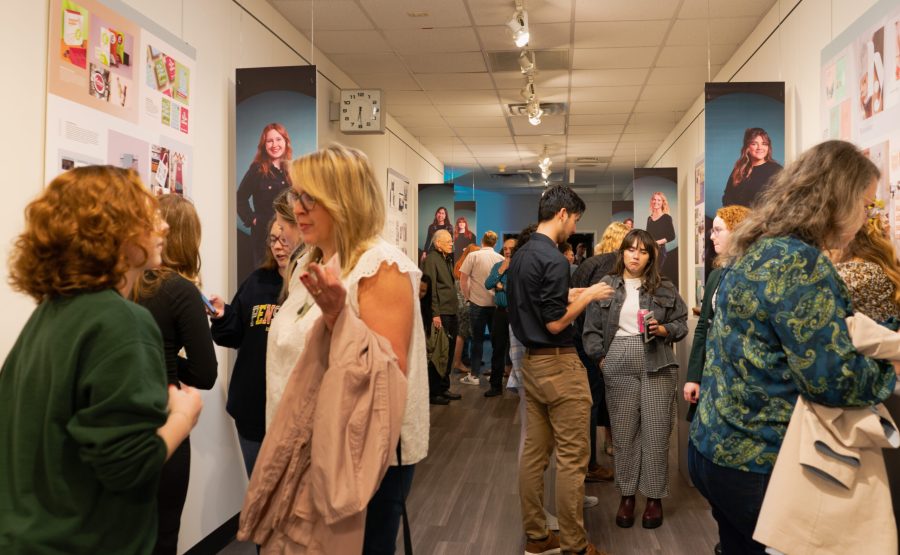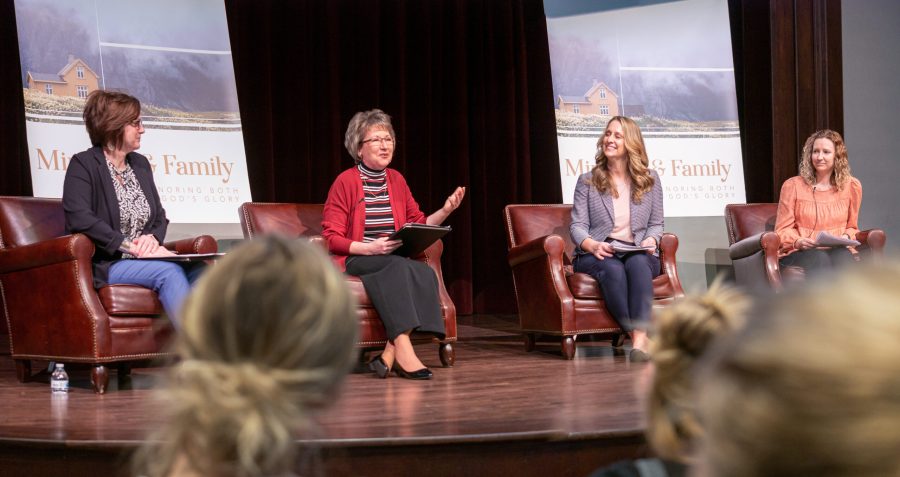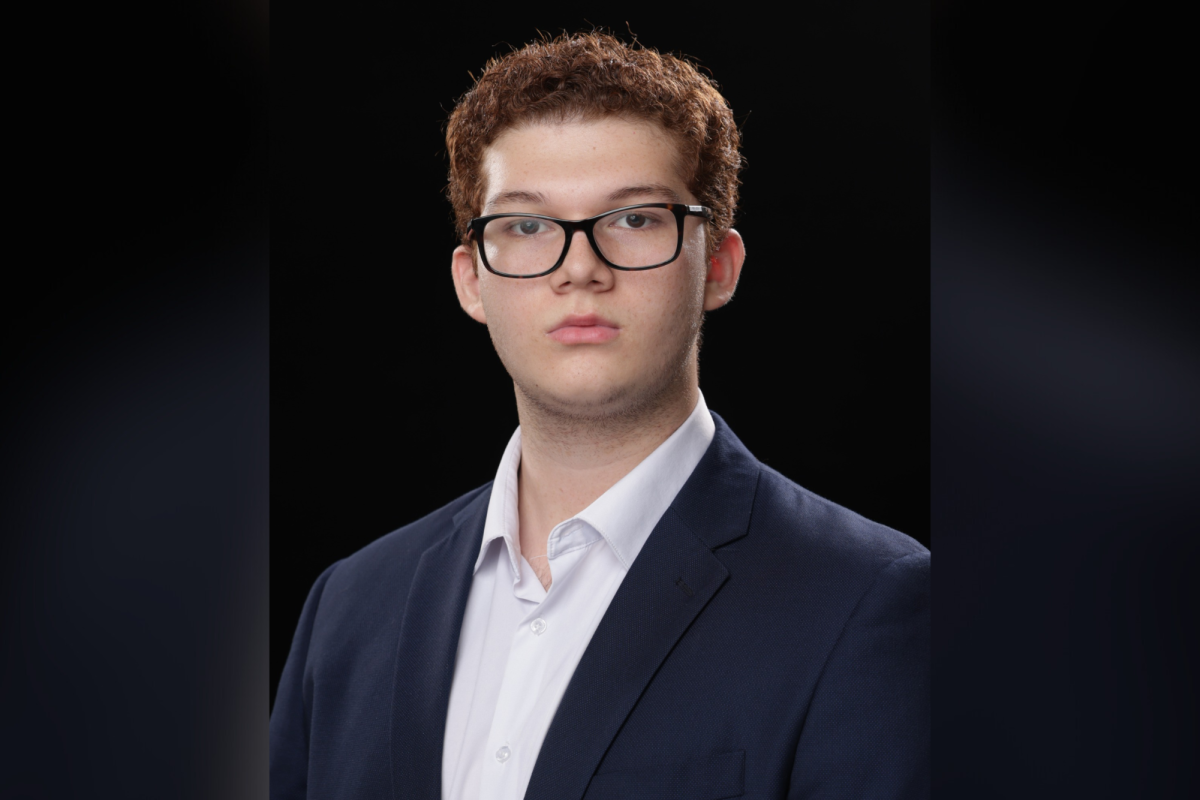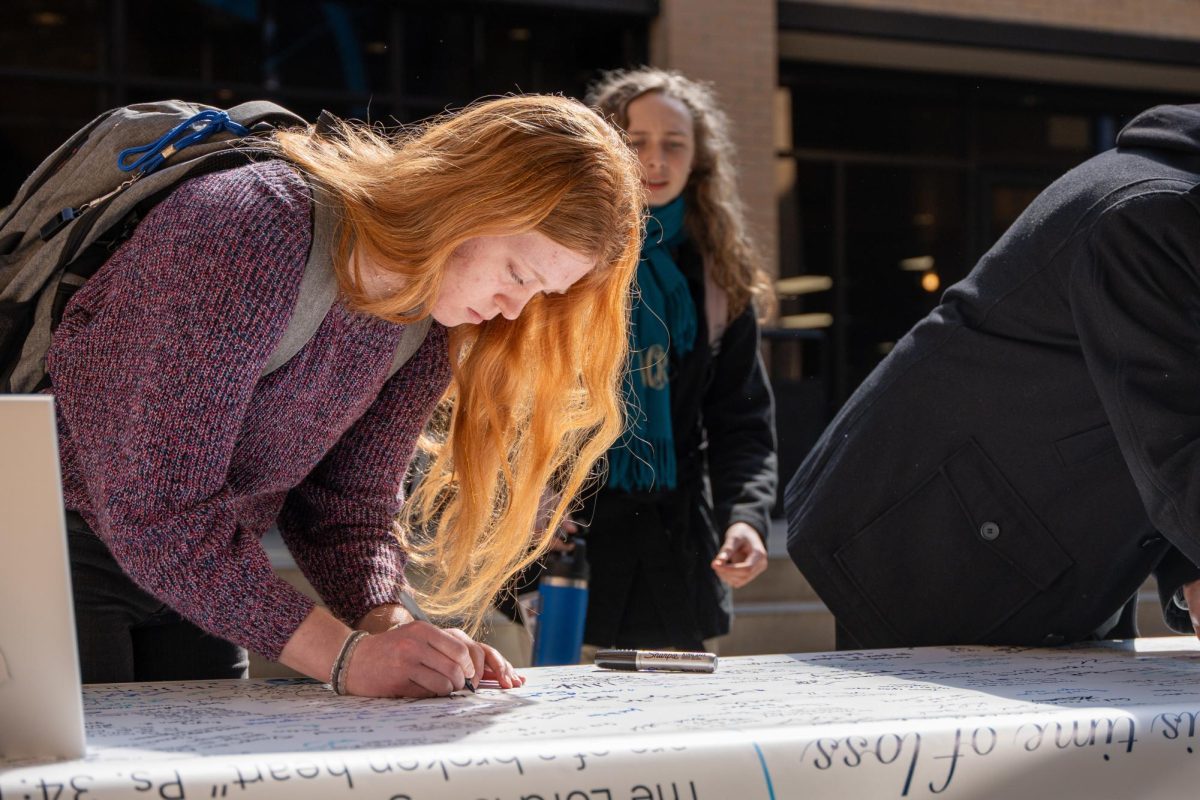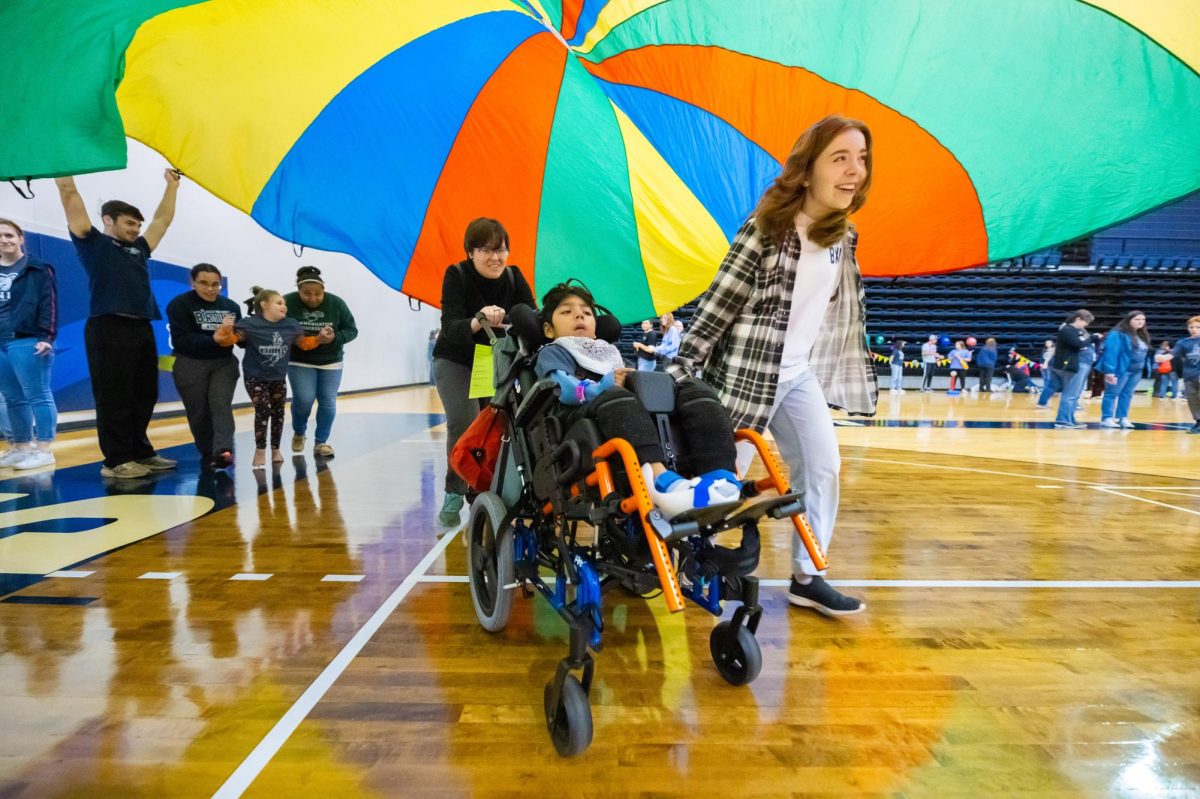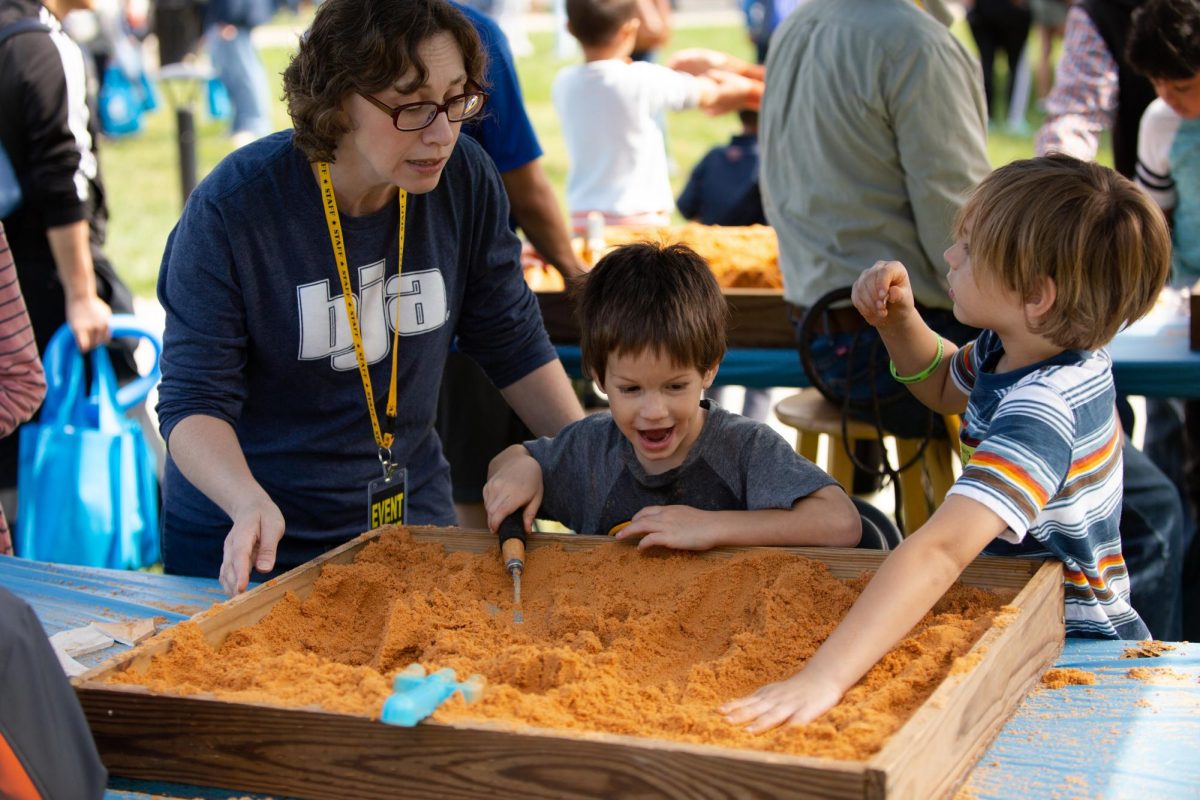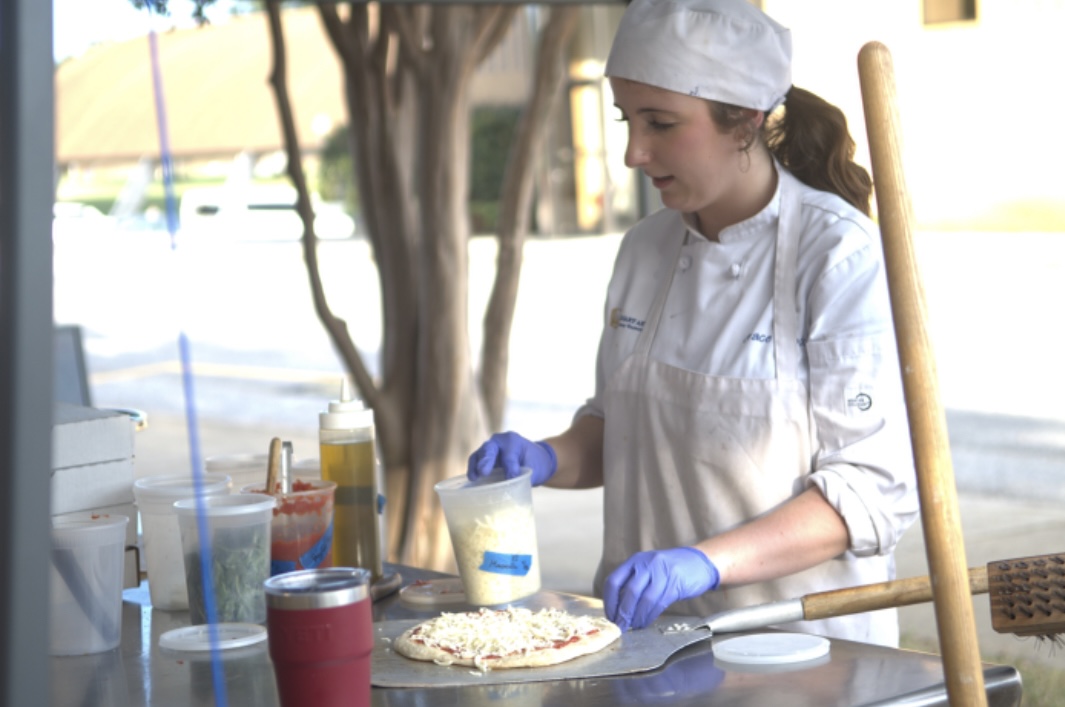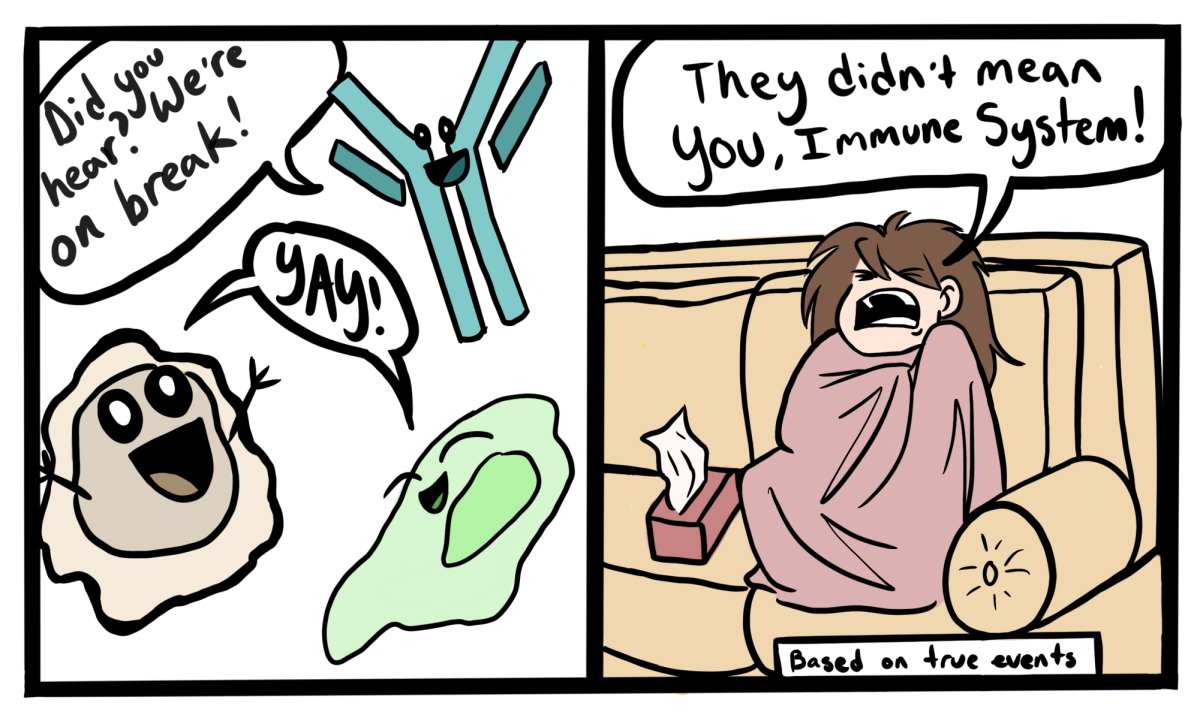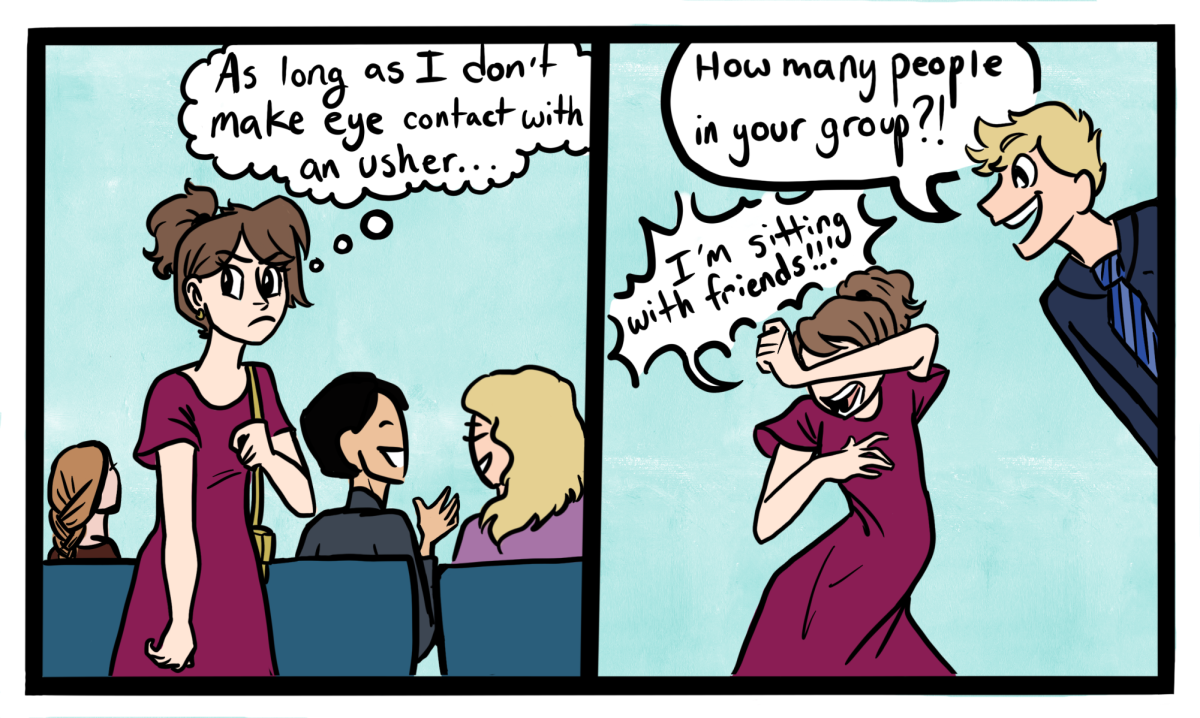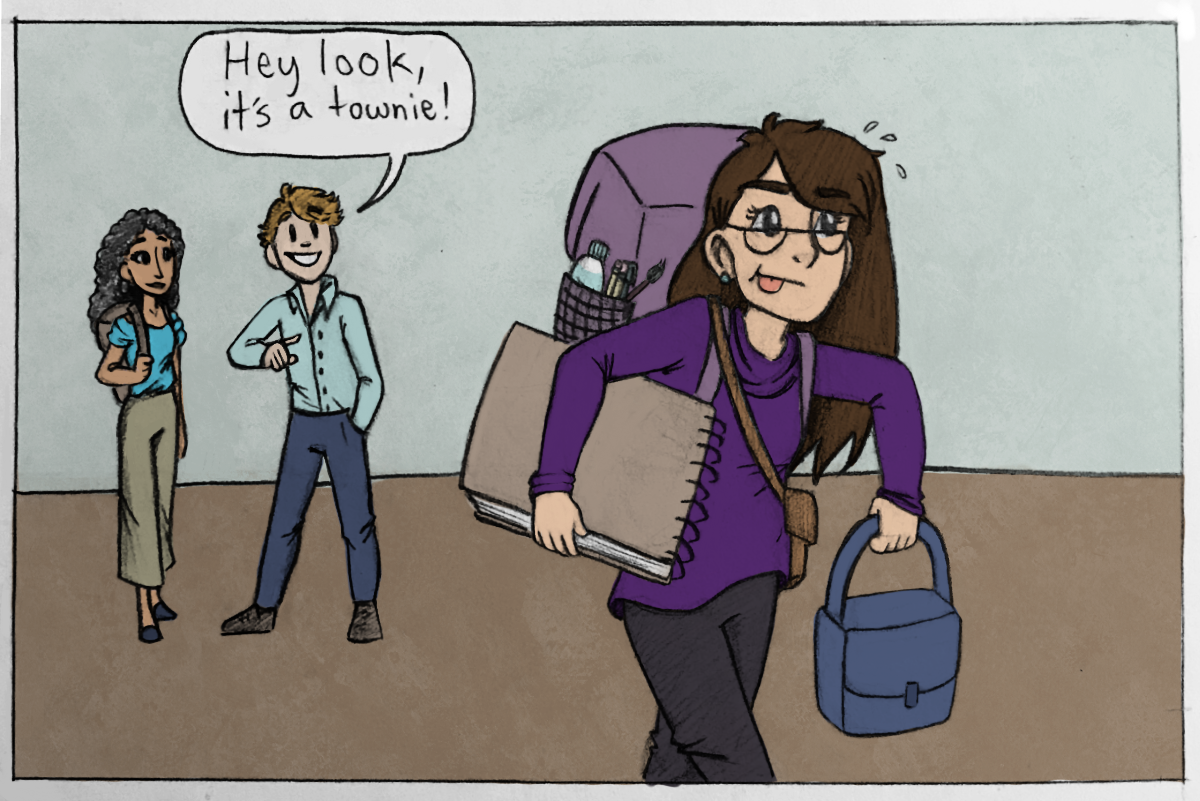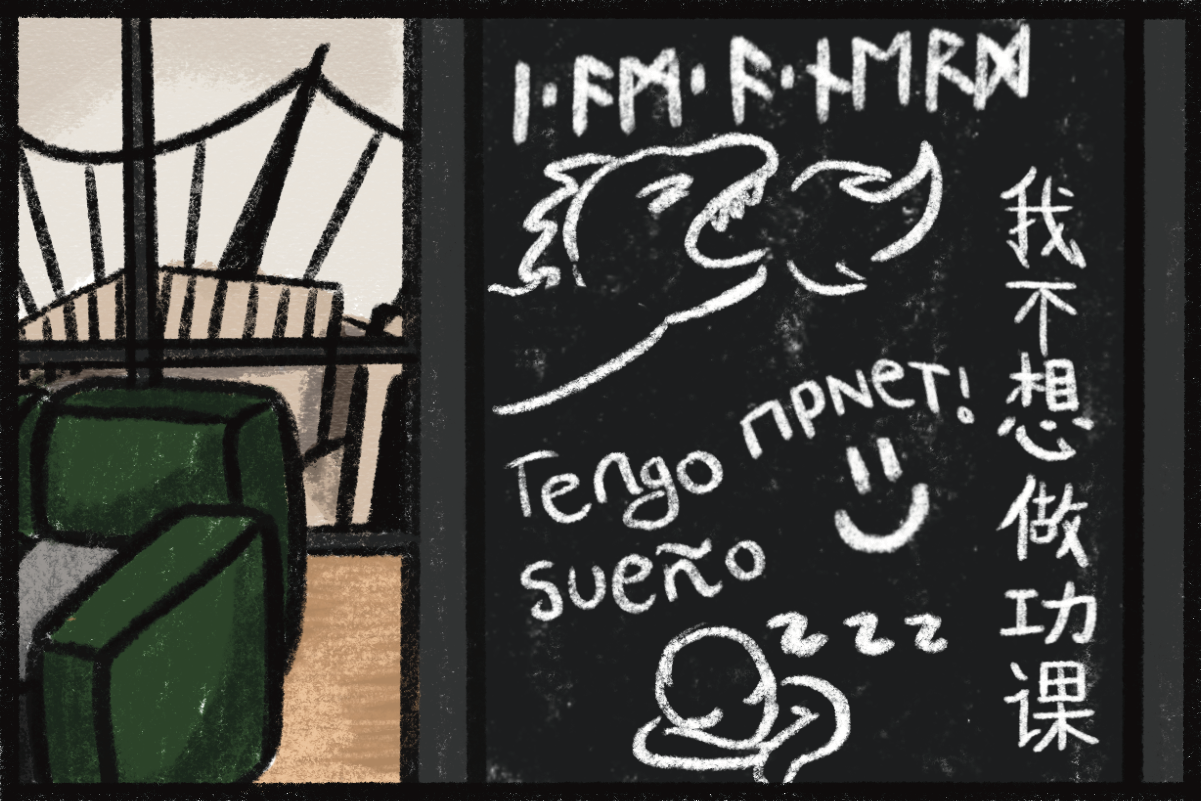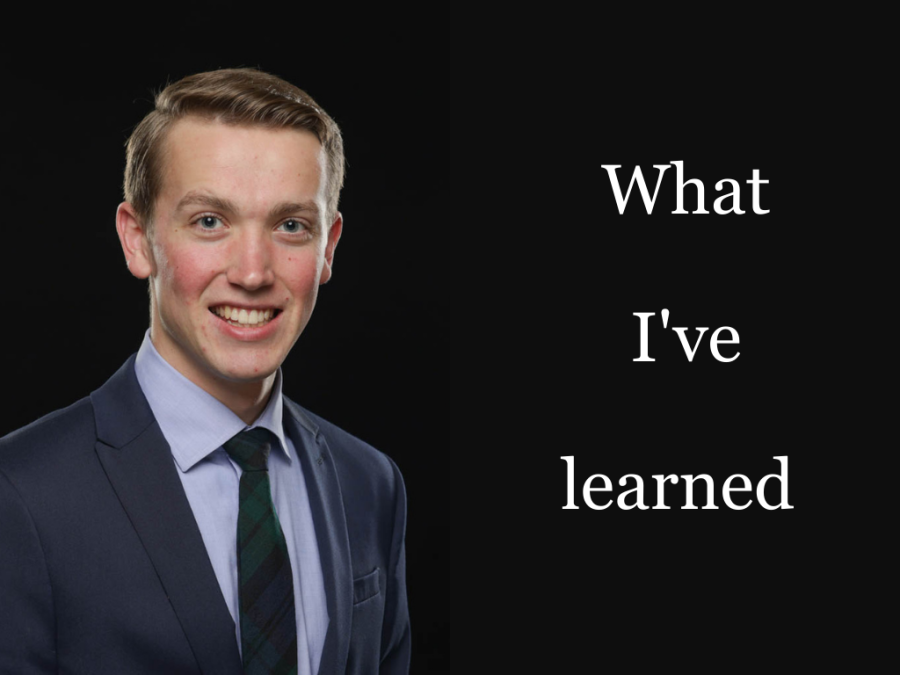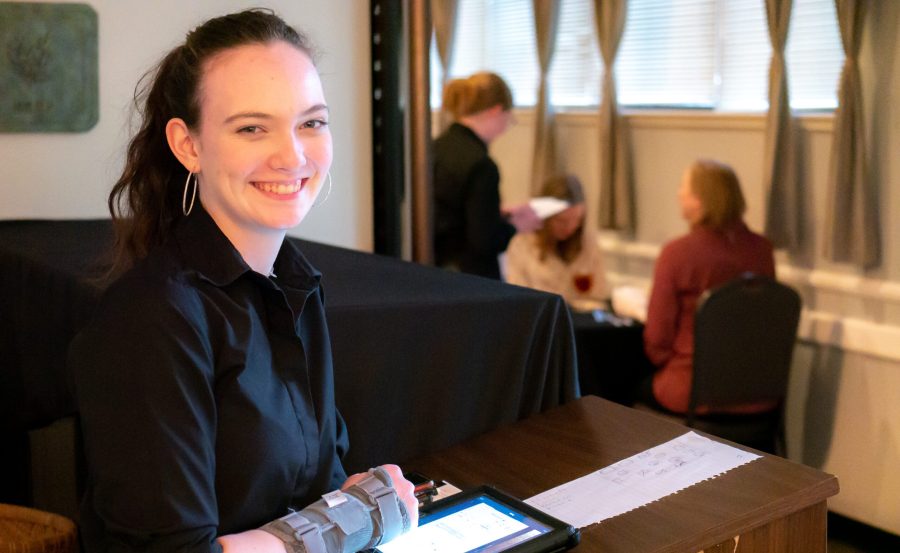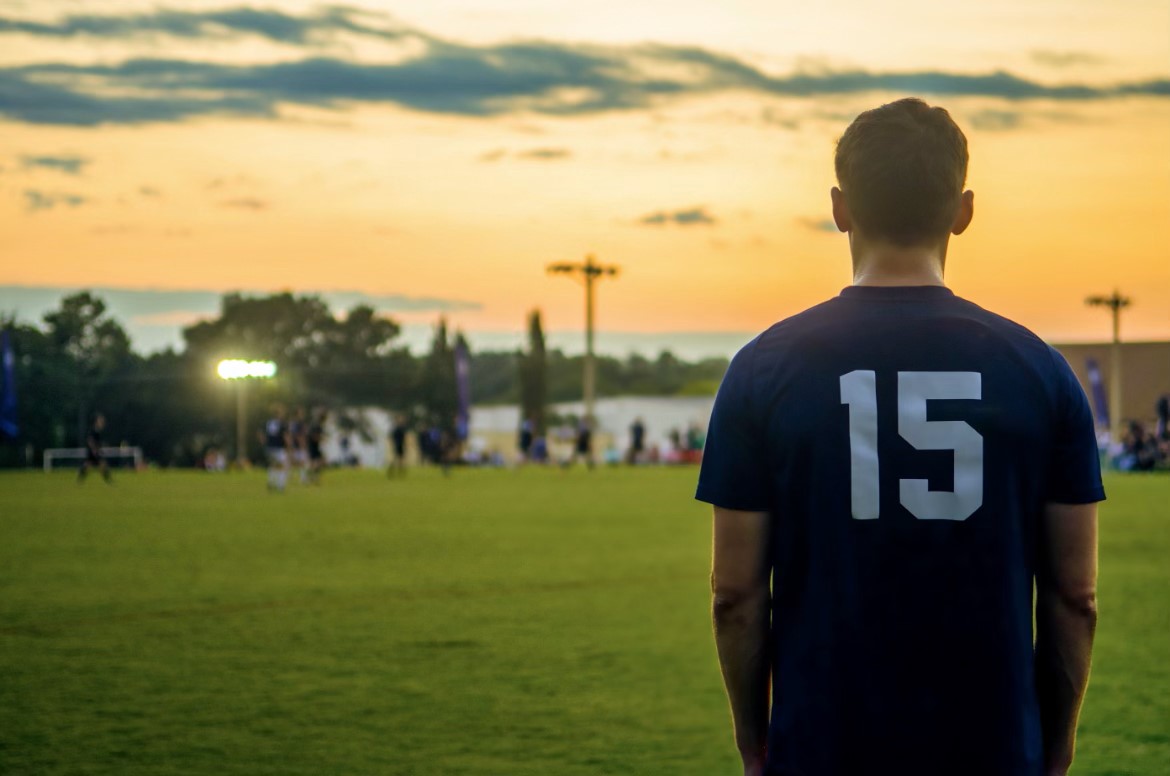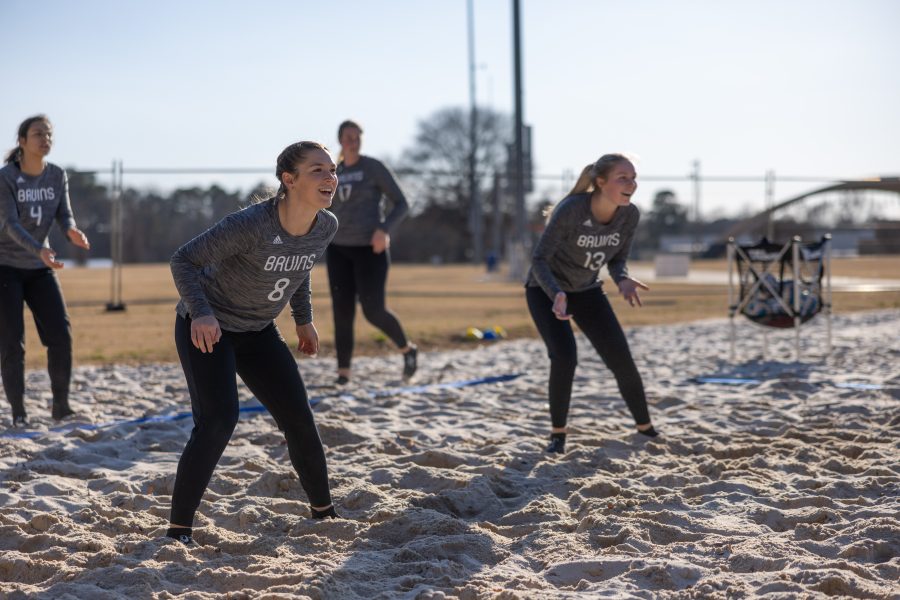“Hope is the pillar that holds up the world. Hope is the dream of a waking man.”
The words of Roman naturalist Pliny the Elder have taken on a new and literal meaning for refugee families in Sweden whose children have fallen asleep.
Documented by photojournalist Magnus Wennman for The New Yorker, these Syrian asylum seekers have fled their war-torn homeland only to find that their children are suffering from a rare and mysterious medical condition.
The condition, known as resignation syndrome, has roughly the same symptoms as a coma. The children’s bodies are perfectly fine.
Their lungs continue to breathe, and their hair continues to grow. Yet the children remain in a sleep-like state.
Wennman’s heartbreaking photos have flooded the internet, depicting parents cradling their unresponsive loved ones and the make-shift hospitals which have housed the children for more than a year.
The disease has baffled doctors who can find no physical reason for the children’s condition. The lack of a bodily cause has led doctors to believe the condition is a direct result of the trauma these children have experienced.
But the chief culprit doctors point to is “willed dying.”
These children who have already lost their homes and even families members have now lost their faith in the world and are choosing to die.
Having narrowly escaped the war in their homeland, they’ve found themselves in another war, one they can’t escape—a war for hope.
While we might not think of hope as essential to life, these Syrian children illustrate that hope, like food or water, is a basic human need. And these refugees are starving for it.
Throughout our college career, we have all heard constant news about Syrian refugees. We’ve heard countless broadcasts and read articles online.
I even knew the number of refugees displaced throughout the world was five million, nearly 25 percent of Syria’s pre-war population.
For many of us numbers are all they are. Knowing stats is easy; empathy is hard.
I just don’t think the human heart and mind are meant to comprehend that much sadness. How do you begin to understand the suffering of five million people?
News stories like these are invaluable because they illustrate problems in a concrete, manageable way. They remind us that we’re not dealing with statistics, but people.
How ironic that it took a story about sleeping children to wake me up to these refugees’ humanity.
The Syrian crisis is complicated and multidimensional. It’s hard for us as Christians and as students at BJU to determine our responsibility and responds to suffering around the world.
But any response we offer and our thinking on the entire issue must be informed by the shared humanity of our fellow image bearers and all that image implies.
While we may not have all the answers for the world’s political problems, as believers, we do know the Source of hope these refugees are starving for. And He knows each of their suffering. And I believe He cares. So as students at BJU, let’s care as well.

